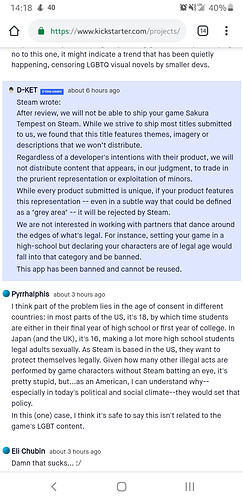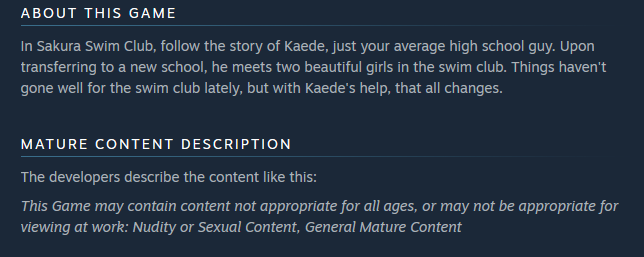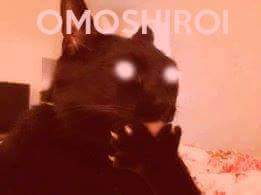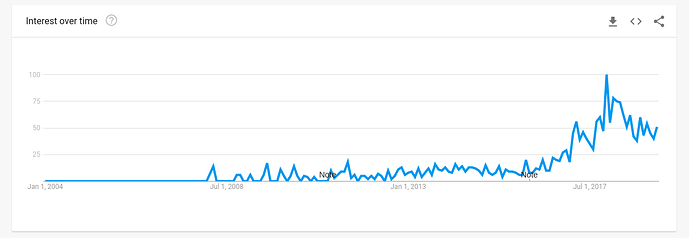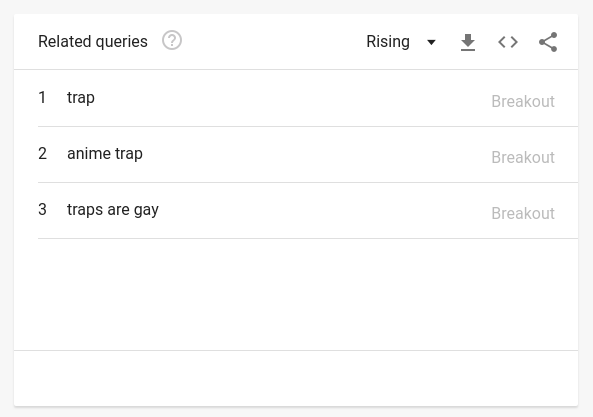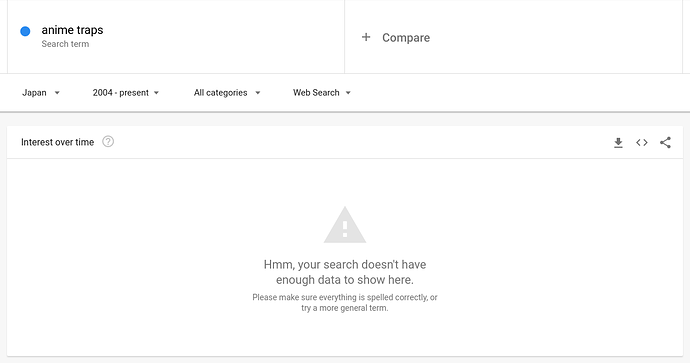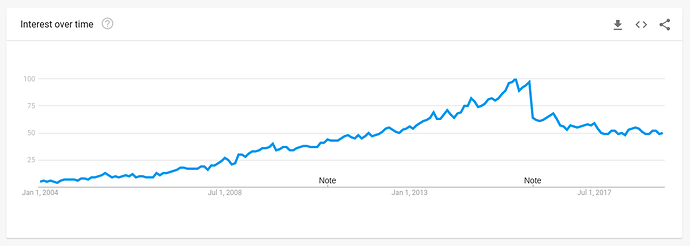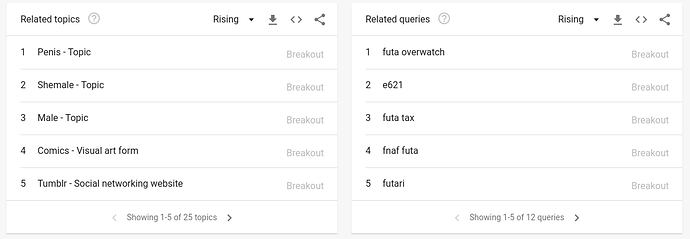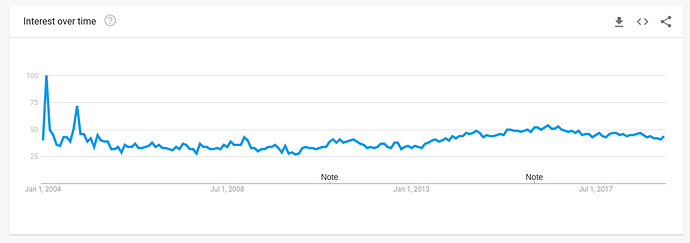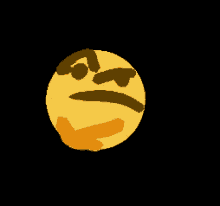@Lilene and @joxter and @eishiya seem to me to be trying to make a different point than you are, @Fraggles. However, it seems to me like both arguments are not mutually exclusive.
Of course “futanari (ふたなり)” (hermaphroditism), “Otoko no ko (男の娘)” (girl-boy or “male to female crossdressing”)* weren’t created in the bowels of Japan’s history to take a stab at XXI century transgender people. But I think turning this even more into an etymological discussion, this early on, would be missing the most relevant point: the contemporary implications of using our exclusively Western word that mixes (arguably mistakenly and oftentimes confusingly) both cross-dressing and futanari: trap.
I think understanding that futanari & crossdressing =/= trap in their respective cultures is important.
ふたなり and 男の娘 are in no way directly related to causing harm to transgender people. What seems to be causing harm to trans people is the Western need to call that type of anime/hentai genre a “trap,” when other nomenclature could have potentially been used.
An argument is to be made as to why that was the word chosen, but of course it could be rebuked by you with a simple “they had to pick something because we couldn’t be typing in kanji all the time” – and of course the point that that genre of hentai isn’t always about transgender characters, but that is implied in my previous point distinguishing the kanji.
Recently I read a suggestion of simply calling the genre “Mistaken Identity.” That would exclude the implied negative aspect of the etymology of the word “trap”, which Lilene presented,and should not be ignored despite context.
The point of saying language evolves is saying that it starts somewhere. To overlook the roots and previous usage of any given word in favor of current usage is to lose a fair chunk of its meaning. Both must be scrutinized – more on this, written exclusively for Fraggles, at the end of the post. That’s why we go back to Greek and Latin to understand the words we use today, and those are thousands of years old. Therefore, to understand two decades (or whatever, the precise date is irrelevant to the main point) of creating a new meaning of the word “trap” certainly depends on understanding the other meanings surrounding it.
The choice is not arbitrary, and that hentai genre is not called “potato” or “soap” or “ocean floor”. It’s called trap and, even if we take all the transgender discussion aside, there’s still plenty of material to question “why?”
Finally, the way I see it, most degrading trap hentai/anime seems to be western, which would explain why the trans folk against the trap genre aren’t Japanese: that degrading meaning does not seem to be implied in the “original” Japanese ふたなり material.
I think that to push forth any discussion on the topic we must distinguish between which aspects we’re trying to argue for/against/about:
- The Western view, usage and misappropriation of ふたなり & 男の娘 into “trap”. The implications of that word-choice and the evolution of the word itself in that context is also important.
- The ふたなり & 男の娘 genres, as originally and frequently seen and understood in Japan without the negative implication of deception.
I spent too long writing this. Goodbye 
*I'm not a Japanese expert by a stretch, just providing some kanji to further highlight differences and avoid confusion.
PS: F, I entirely disagree with your last post. As I said, language evolves. Even neologisms (from the Greek “neo” new and “logo” word) come from somewhere. In the case of our discussion, semantics and connotation (what I believe is what you implied with “intention and context”) cannot be analyzed without etymology and denotation in mind. If the discussion to be had about your central point is subculture appropriation, connotation and denotation alike must be taken into account – otherwise it’s a Frankenstein part-analysis of a word and only a chunk of its meaning (either its “basic meaning” or its “extended meaning”, see this interesting passage I found for clarity.) One thing is not more important than the other for linguistics, and it’s important we take into account both what the “small subculture” attributes as connotation to the word “trap” as well as its denotation.
Please note that “right” and “wrong” – or a sense of morality or cultural judgment – are not implied in either linguistic aspects of analysis and I am not in any way taking a stab at either subcultures or transsexuals, merely pointing out the many aspects one should take into account for a healthy and thought-provoking linguistic discussion without falling prey to the common “that’s not what it means!” trap 
EDITS 1-4: all made in favor of clarity.

